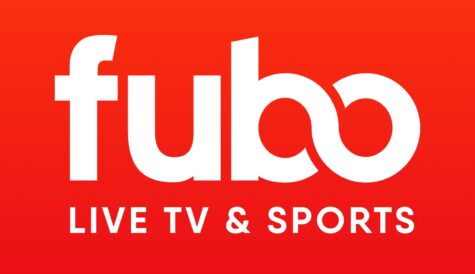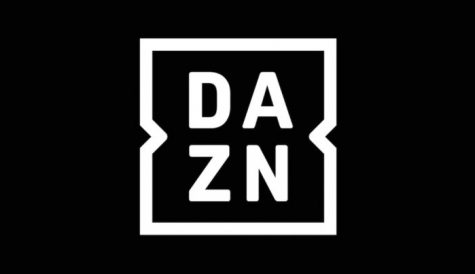Netflix: the troubled teen
 Can Netflix’s business plan elevate the company from teenage upstart to dependable adult? Kate Bulkley reports.
Can Netflix’s business plan elevate the company from teenage upstart to dependable adult? Kate Bulkley reports.
Eighteen is a difficult age for humans and so, it seems, for at least one media company. Netflix, which came to life in 1997 as a DVD rental company by post and then in 1999 as an SVoD service, made headlines in 2010 when it became the biggest source of internet traffic in primetime in the US.
Netflix took the media business by storm. Users loved its ease of use and its inexpensive and flexible pricing and it transitioned easily through its teenage years into a major media player. It picked up programming awards for its original series like Orange is the New Black and House of Cards and launched internationally, while its stock price rose almost as fast as its subscriber numbers. Cable pioneer John Malone admitted that companies he invests in were caught out by the super-fast rise of Netflix, which fed on subscribers’ disillusionment with big cable bills.
Netflix has recently tweaked its model to achieve CEO Reed Hastings’ ambition of breaking even next year and achieving what he described as “material global profits” in 2017. Some investors on Wall Street even think it could become a US$100 billion (€90 billion) company by market capitalisation.
But there are problems afoot. The root of concerns over Netflix in 2015 remains its business model: how can it justify a soaring stock price and a market valuation of nearly US$45 billion – over 255 times earnings – when for the past four quarters Netflix’s cash flow has been negative?
Netflix recently dropped large chunks of its library to focus on acquiring original programming. It has also been signing up both cable and telco distribution partners, increasing its footprint as it moves towards its stated goal of being in 60 countries by 2016. It has continued to beat the odds with its growth plan, adding a better than expected 3.28 million new subscribers in the second quarter. In October it will launch in Spain, Portugal and Italy and it aims to add more countries by the end of next year, including China and India. Subscriber numbers stood at a healthy 65 million in Q2.
Netflix’s stock has recently plunged – falling by 21% over three days in August – partly on the back of China’s problems and their potential impact on global economic growth, but also because media analysts had already begun questioning a model based on continued growth.
While there is plenty of evidence from the US that people want to pay less and cut the cord in favour of a ‘skinny bundle’ from the likes of Netflix and others including Sling TV, naysayers are also looking at how Amazon and other digital players are starting to nip at Netflix’s heels. For example, in Japan Netflix recently announced a partnership with Softbank to distribute its service but Amazon also has a Japanese business and is hungry to compete, including moving into the funding of original programming, emulating the Netflix model. Meanwhile, Netflix has plans to launch in China, but local player Alibaba recently announced that it will launch a similar service there.
At the same time, Netflix has said it will not be renewing its licensing deal with Epix, so a major part of its library (including the likes of The Hunger Games and the Transformers series) will move to its competitor Hulu. Original material from stars including Ricky Gervais, Idris Elba and Adam Sandler is great but, as anyone in the TV business knows, not all the new projects with big name talent actually work. Will Ricky Gervais really create more subscribers than Hunger Games star Jennifer Lawrence?
Nor is Amazon standing still. Origination is now on the top of its agenda, most recently with the acquisition of the former Top Gear team Jeremy Clarkson and his chums. Together they will make a new motoring show that could help make Amazon a brand name for middle aged men all over the world.
But even more interestingly, Amazon has recently announced a download service – something that even Netflix has shied away from. The multi-layered Amazon is still a long way from challenging Netflix in terms of subscribers (the UK figures alone show this – 4.4 million subscribers for Netflix against 1.2 million for Amazon, according to Ofcom), but Amazon CEO Jeff Bezos is not usually the kind of man to play the underdog role for too long.
On top of Amazon, Netflix also now has to keep Spotify, Snapchat, Facebook, Twitter and loads of other high profile web brands in its sights because they are turning more towards video content to attract eyeballs. YouTube is also set to add SVoD channels to its platform, bringing another potentially bruising source of competition to the body of Netflix.
All in all, by the time Netflix lights the candles on its 21st birthday cake in three years time, things might look considerably different than it did as a teenager. Nothing stays the same for very long in the media business. Even for Netflix.
Kate Bulkley is a broadcaster and writer specialising in media and telecommunications. [email protected]



